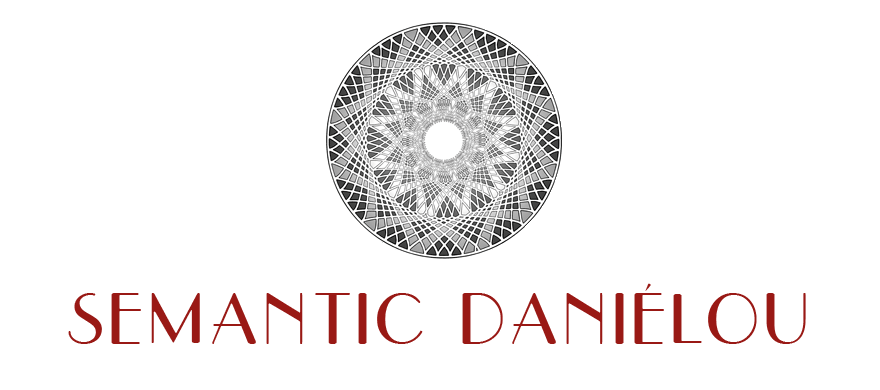The richer a man’s vocabulary the greater his ability to develop and elaborate thought. The same principle applies to music as to language. Yet in recent centuries, the “artificial” musical scale used in western society, called “tempered” (which was purely a compromise aimed at simplifying the process of manufacturing instruments), has considerably limited the possibilities of expression for both composers and musicians.
After years of research and experimentation in Indian modal music, Alain Daniélou’s work, “Sémantique Musicale”, offers a completely revolutionary theory. The aim of this brief presentation is not to describe it in detail, but to provide some elements for thought.
According to the author, “the brain can immediately classify factors 2, 3 and 5 and a number of their multiples or products, even when they are quite high, yet is not able to when the primary numbers are greater than 5“. It is thus believed that the human ear identifies and classifies pitches by working on the base of binary, ternary and quinary systems. This observation is what lead to the choice of dividing the octave into 53 intervals, in which the “ratio” of each note (i.e. the ratio between its pitch and the tonic pitch) corresponds with a combination, in fraction form, of the numbers 2, 3 and 5.
For each interval of the scale – which we could qualify as “natural” (because based on whole numbers) – there exists a corresponding emotion, or feeling. In other words, these intervals generate precise and apparently universal emotional reactions in humans (cf. annex 1). To quote Alain Daniélou again: “the Hindu theory of shruti-s, or intervals, and classes of shruti-s, or jati-s, assigns to each of these intervals a precise expressive content, and classifies the intervals into categories which are easy to explain, and can only be explained by the nature of the numerical ratios of the cycles 2-3-5“.
Furthermore, the simpler the fraction ratios of the intervals (i.e. the less they involve multiples or products of the numbers 2, 3 and 5), the stronger the “emotional impact” these intervals carry.
Christian Braut

